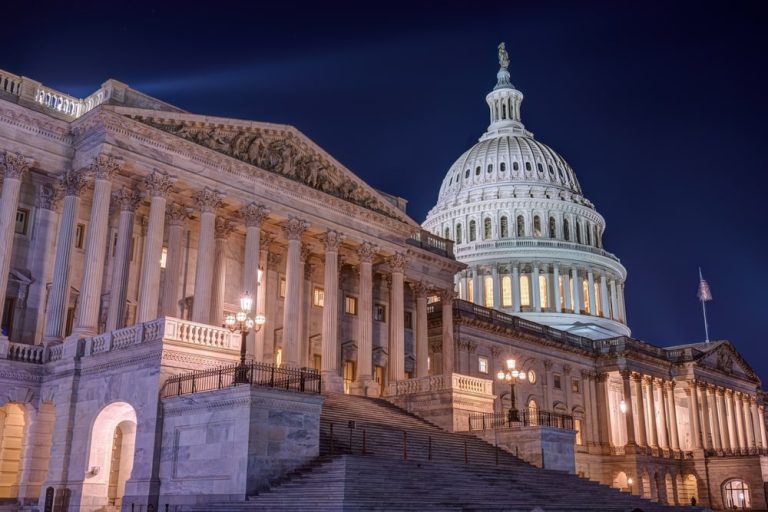Investors in the FinTech/Payments space were largely pessimistic in 2023 due to lapping the outsized post-pandemic growth, higher interest rate environment and uncertain macro. Investors gravitated to safe-haven FinTech companies that had attractive durable business and financial models with low capex and solid cash flow generation. What will the coming year bring? Each year, ICR draws on the deep industry knowledge of its sector-focused teams to share their views on the year ahead to help identify the key issues that will dominate the minds of investors and media in 2024.
Here are some trends to watch in the FinTech sector over the coming year:
- State of the consumer: The overall sentiment of the FinTech sector remains low. A key reason is the relentless focus on the financial health of the U.S. consumer given high interest rates, persistent inflation, the onset of student loan repayments and geopolitical risks. Fears around discretionary spending could have an impact on e-commerce and T&E spend following what has been a revenge year of travel post COVID. As a result, investors have been hesitant to build positions particularly in names exposed to e-commerce, consumer credit and funding risks. Although the consumer has generally remained resilient, investors will continue to monitor any signs that would suggest a broader slowdown in the economy, with some seeing cracks in the lower income consumer and small businesses. Should this happen, expect investors to flock to names that have a more diversified revenue mix and non-cyclical end market exposures.
- State of SMBs: Recently, one of the leaders in financial automation software for small and midsize businesses reported that it saw intense macro pressure on its business related to spend that continued through October. As a result of higher interest rates and tighter credit markets, capital and cash have become less affordable and available for SMBs and some of the larger businesses within this segment have scaled back on their spend. Analysts expect investors to closely monitor the health of the SMB segment next year and track any signs of deterioration or improvement given the underlying macro environment.
- Competitive pressure in e-commerce: Pricing pressure in payment processing at large enterprises has been prevalent for a long time. Analysts are now seeing this trend in e-commerce, specifically with Payment Service Providers (PSPs). One of the larger players has been gaining share by expanding its offerings and cutting its pricing aggressively over the last few years, thereby impacting growth of competitors who charge premium pricing. Looking ahead, few industry experts believe there is room for further pricing pressure because there is not a lot of differentiation among payment processors. Large digital merchants are getting more sophisticated in negotiating payments and are also building in-house capabilities. It could be potentially harder for companies to sustain premium pricing in e-commerce processing going forward. To compete, in addition to pricing, these players may need to work on cross-selling new value-added services.
- Fed proposal to review debit interchange caps: On October 25, 2023 the Fed released a proposal to lower debit interchange by 28 percent (debit interchange for regulated banks will fall to $0.14-$0.16, vs. the prior $0.21-$0.24). The Fed is required to regularly review debit interchange fees to ensure they are proportional to the cost of processing a debit transaction. The Fed proposes to update the debit interchange fee cap every other year going forward by directly linking the interchange fee cap to data from the Fed’s biennial survey of large debit card issuers. Should this proposal come through, industry experts believe this lower interchange could benefit merchants and SMB merchant acquirers that deploy ‘bundled’ as compared to cost-plus pricing, which many companies use today. It is believed that there would be no direct impact to networks like Visa and Mastercard.
- FedNow: Despite the fragmented adoption of real-time payments globally, the U.S. launched its own Real Time Payments (RTP) rail called FedNow in July 2023. The Fed is working with banks, credit unions and other FIs to connect to the new system and make faster payment services available to both consumers and businesses. While RTP is not a new concept, education is required on the value it provides to both consumers and businesses. On the consumer side, there is a need for loyalty/rewards as incentives, while on the merchant side, there is a strong requirement for fraud controls, the ability to integrate into POS systems and to demonstrate improved customer experience. Looking ahead, experts expect greater adoption for faster payments and more use cases like cross-border B2B, A2A and P2P, though FedNow, in particular, could face adoption risk due to interim lack of interoperability (meaning that they don’t link with ACH, RTP or card rails).
Other areas of focus in 2024:
- Pace of hiring: After high top-line growth in 2022 and with the current macro environment, a number of companies re-prioritized their strategy to place greater emphasis on profitability. As a result, hiring slowed considerably this year.
- New CFPB Section 1033 around Open Banking coming in Fall 2024 – CFPB has asked FIs to build secure developer interfaces allowing third parties to access data for open banking. The implementation timeline would be six months to two years after the proposal is finalized.
- Embedded finance – This remains an attractive secular trend within FinTech. Embedded Finance can improve access to financial services particularly for underserved and underbanked consumers and businesses.
- Generative AI – FinTech players will continue evaluating Generative AI in areas like fraud detection, credit decisioning, customer service, legal/compliance, HR, etc.
For more 2024 trends in sectors from energy and investor access to healthcare, visit the ICR Insights blog.



